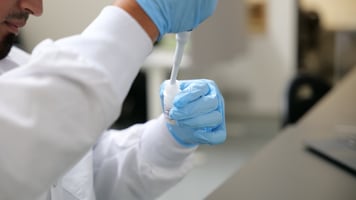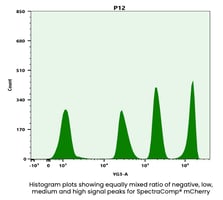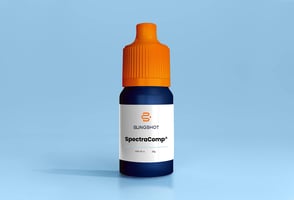Are you a cell biologist, immunologist, or flow cytometrist? If so, you know how challenging it is...
Biomarker Controls: How Becoming a Control Freak will Enhance your Future Experiments
Are you a scientist looking for an edge in your experiments? Introducing biomarker controls engineered from cell mimics to your workflow may be the answer. These novel controls are designed to go beyond the known limitations of blood, PBMCs, or cell lines and provide scientists with a robust and reliable control for a more accurate and stable assay. Let’s dive into why these new controls will revolutionize experiments.
The Benefits of Biomarker Controls
One of the primary benefits of control in an experiment is that they allow for more precise analysis. A limitation to precision has been that biomarker controls for many markers of interest have been limited because of the limitations in samples (loss of surface markers, limited availability of samples, storage and shipping limitations, and more). For this reason, scientists have been forced to develop workarounds using other waypoints during data analysis to make their gating and other analysis decisions. The new biomarker controls from Slingshot offer a new paradigm. They have engineered cell mimics, which means they can be designed to precisely mimic cells' behavior during an experiment. This new resource allows scientists to use the mimics in place of a limited sample to identify potential issues in their assay before any actual sample is used, allowing them to make adjustments accordingly and ensure that their assay is set up for results that are as accurate as possible. Additionally, because these controls come in pre-defined concentrations, they can be used to standardize assays across different labs and experiments, making comparing results and drawing meaningful conclusions easier.
Another major benefit of using biomarker controls is that they help increase assay stability. Since these new control agents are pre-defined concentrations, they provide scientists with a consistent baseline against which other samples can be compared. This helps reduce variability in results over time and ensures that each experiment yields reliable data. Additionally, since these new agents can be stored for extended periods, scientists don’t need to worry about their samples going bad or losing accuracy due to storage conditions. This makes it much easier for researchers to collect data over long periods without worrying about sample degradation or inconsistencies in their results.
Biomarker controls engineered from cell mimics provide scientists with a powerful tool for improving the accuracy and stability of their experiments. By introducing these novel agents into their assay setup, researchers can gain more control over their experiments and ensure their results are as precise as possible. Furthermore, since these control agents can be stored for extended periods, researchers no longer have to worry about sample degradation or loss of biomarkers, increasing variability in their results over time—they can focus on collecting quality data consistently and reliably! Ultimately, biomarker controls are invaluable for improving your experiments' reliability and accuracy—one that any serious researcher should not overlook!




